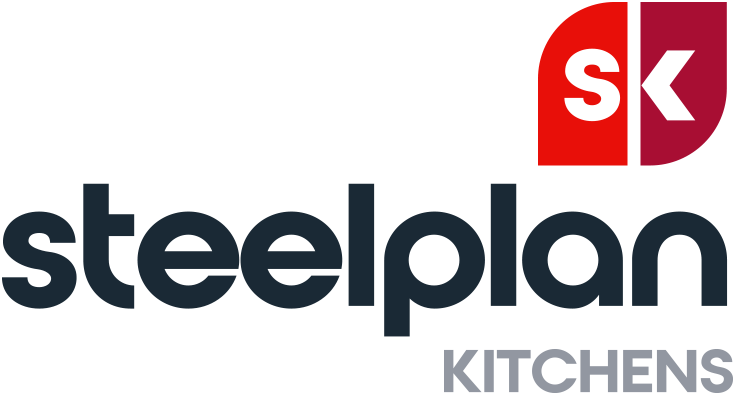Cooking can be a high risk or distressing activity for those with dementia, and those who care for them. However, that does not have to be the case, and if you have community members or regular visitors who are experiencing dementia symptoms, then there are several ways that you can make the kitchen a safer happier place for all.
Declutter the kitchen
If somebody feels uncertain in the kitchen, mess will only make their confusion worse. An orderly kitchen can help give all users the confidence to cook, feeling like they know their way around, and that there are fewer decisions to make and obstacles to avoid.
Often, it is difficult to keep a communal kitchen tidy, especially when there is an inefficient layout or poor storage options. A design expert, like those at Steelplan Kitchens, can suggest smart solutions for your space that will help keep your kitchen under control.
Use labels and signage
What is obvious to many is not obvious to all, and degenerative neurological conditions can turn tasks and equipment from routine and intuitive to frustrating and overwhelming.
Something simple like signage and labelling can help to make things easy again, by serving as simple reminders of what and where things are, and how to use them. It can also make the kitchen safer, by offering reminders to turn off hobs, close doors and drawers, and return ingredient and equipment back to storage.
Use colour to guide users
A very useful and simple way to help users navigate the kitchen is to use colour. Colour coding doors and draws can help those with dementia remember what storage is where, and it has the added bonus of making the environment brighter and more welcoming. If you choose a Steelplan kitchen, you have a choice of 18 finishes for your units.
Use lighting to assist users
The correct ambient lighting can make sure the kitchen is bright enough for all users to operate comfortably. You can also consider lighting specific areas to aid with certain tasks. Lighting under cabinets can help make surfaces easier to use, and lighting in storage areas can help avoid confusion or accidents. For example, cabinets can feature lighting that runs on when the door is opened.
Speak to a design expert about your lighting requirements — Steelplan can advise on the best approach and solutions.
Install safety equipment
Conditions like dementia can make equipment more dangerous than it would be for general users. Consider using equipment that will make items simpler and safer.
For example, you can put tap turners over regular sink handles, which provide more leverage, and a surface that is easier to find and hold. They also tend to come in colours that make hot and cold easily identifiable — large red and blue handles are harder to mistake.
Your choice of hob can also be a huge help to kitchen accessibility. An induction hob is harder to turn on accidentally, since it requires a pan to be on the hob in order to function. As with an induction hob, and electric hob does not involve open flame, which can be reassuring and much lower-risk. If you have knobs to control your hob, you can add covers to them to prevent inadvertent turning.
For advice about what equipment your kitchen can accommodate, and design solutions that can help you with those specifications, speak to a kitchen expert like Steelplan.
Thinking about making your kitchen more inclusive? It might be time to renovate. Steelplan Kitchens are happy to offer our no-obligation design advice, and can help you visualise your ideal kitchen with a free 3D mock-up so you can see how the finished product would look in situ. To find out more, contact our friendly team on 0208 254 0090 or at [email protected].





